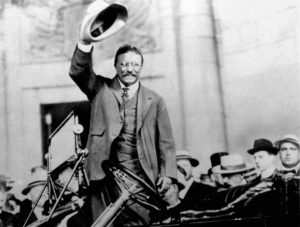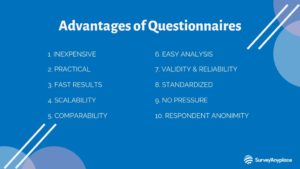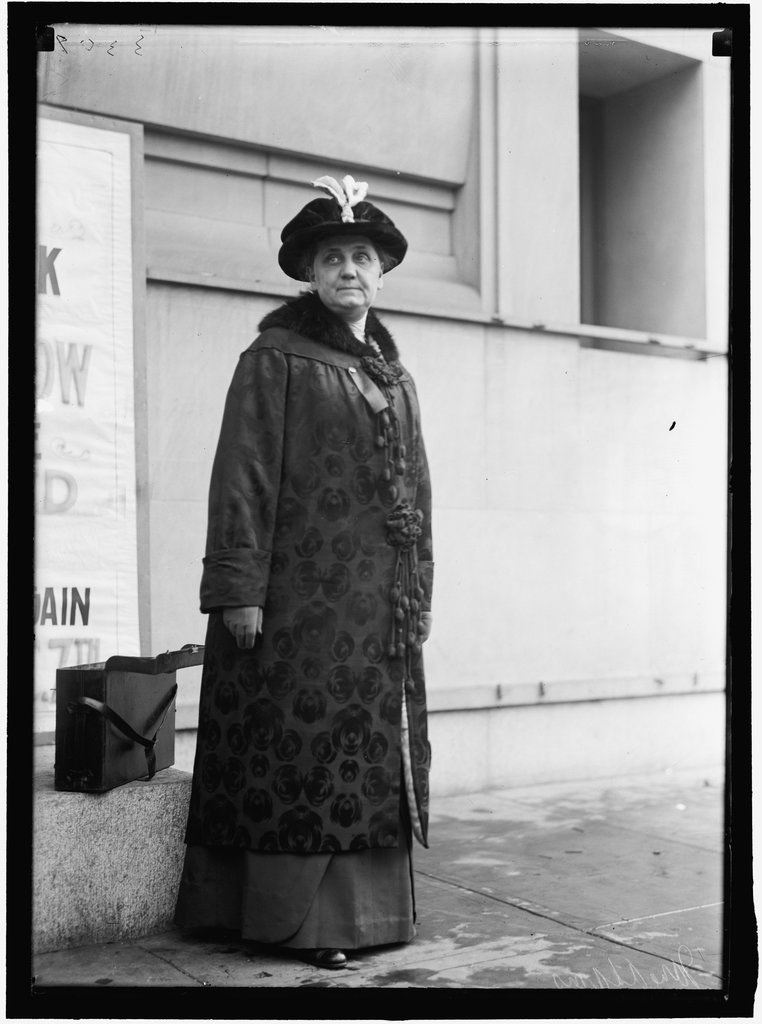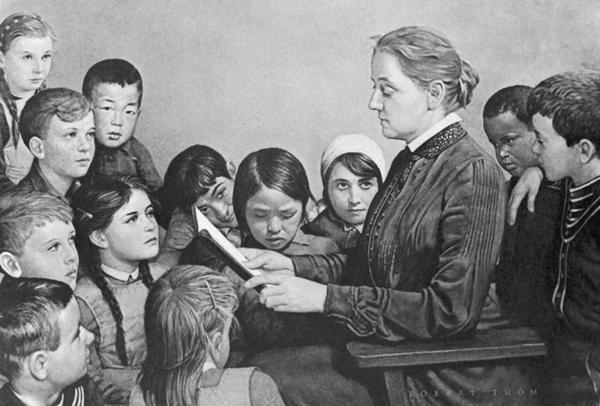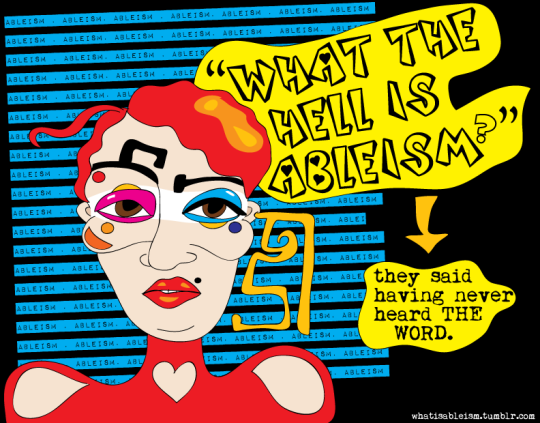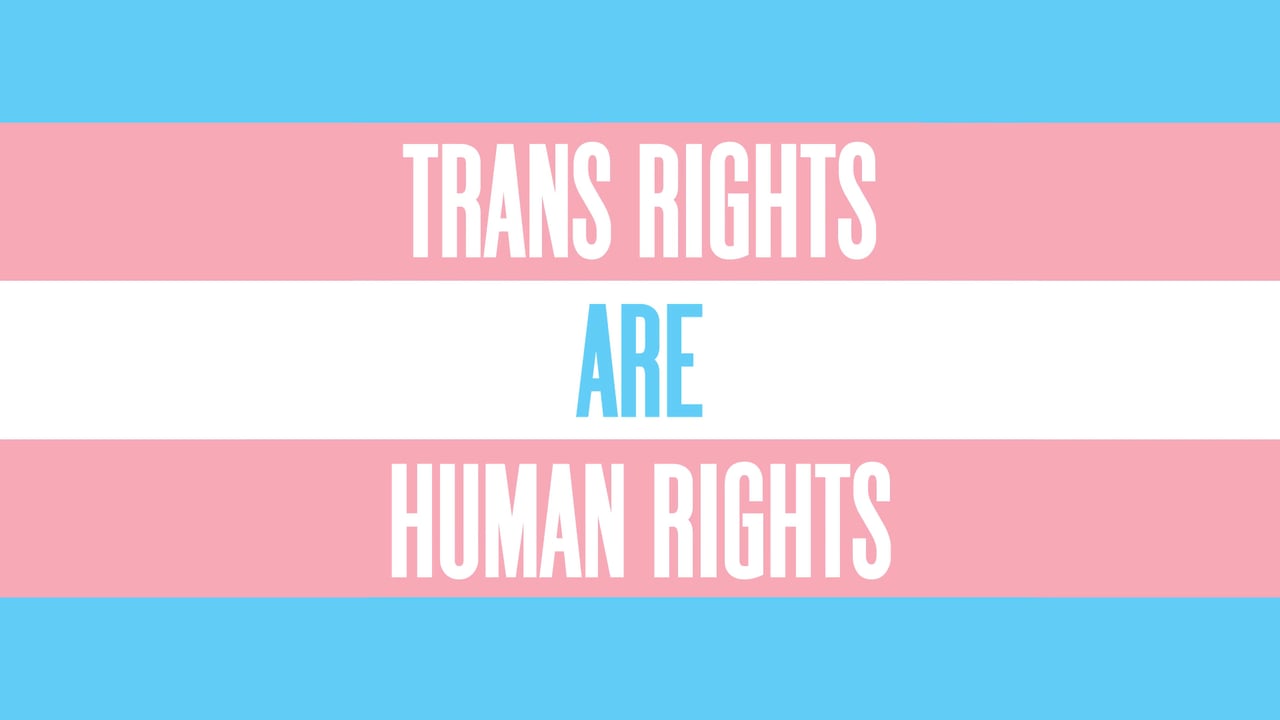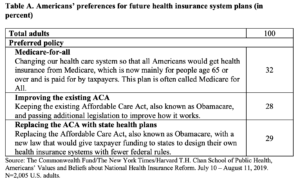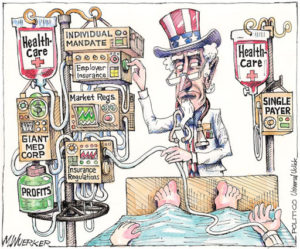Frederick H. Deknatel, born September 26, 1864 in Paris, France and died April 15, 1949, lived most of his life as the president of a small hardware manufacturing firm. After the death of his wife, he moved to Hull House and became the head of the Boys’ Club, and later auditor and trustee. Deknatel most likely met Jane Addams after moving into Hull House and he worked as a secretary for Addams during his stay. He helped plan her events and correspond with those who wanted her to give speeches.

This relationship explains why Deknatel came to the defense of Addams when people began attacking Addams for supporting lynching of African Americans. Deknatel wrote a letter to the Editor of the New York Tribune, explaining how Addams felt about them writing about how Addams is in favor of lynching and coming to her defense against that being true. The letter states, “Sir: Miss Addams’s attention has been called to an article in your paper in which, among other misrepresentations, she is quoted as being in favor of the lynching of negroes. It is difficult to understand how sentiments so completely at variance with her opinions could be ascribed to her, in view of the fact that she has not only often spoken and written against lynching, but is a non-resistant in principle, and does not believe in the death penalty or the use of force in any form.” Deknatel wrote the letter January 6, 1902 in Chicago, and when looking at history reports lynching was a big thing in the late 1800’s and early 1900’s. African Americans were being lynched for anything as long as a white person deemed it reason enough. The ABA article, A History of Tolerance for Violence Has Laid the Groundwork for Injustice Today states, “Between 1868 and 1871, a wave of terror swept across the South, resulting in the deaths of thousands of African Americans—some killed merely for failing to obey a white person.” Lynchings were also a way white people to establish dominance over minorities as the article also states, “Lynching soon emerged as a primary tool to enforce racial hierarchy and oppression while terrorizing black people into accepting abusive mistreatment and subordination.” And with both Deknatel and Addams being white people, for there to be an article in the world stating how Addams supported lynchings is not good for her brand and what she wants to help accomplish. It turns her followers against her and makes her look like a fraud, when in reality is fighting to help make society better. Wikipedia states, “Jane Addams (September 6, 1860 – May 28, 1935) was an American settlement activist, reformer, social worker,[1][2] sociologist,[3] public administrator[4][5] and author. She was a notable figure in the history of social work and women’s suffrage in the United States and an advocate for world peace.”/arc-anglerfish-arc2-prod-tronc.s3.amazonaws.com/public/RZIRKRUAHVF2XMBRGNMD6HVOKM.jpg)
So the letter was written to defend Jane Addams and protect her brand and image in the community. The letter was also written by a friend and associate.
“Jane Addams.” Wikipedia, Wikimedia Foundation, 29 Feb. 2020, en.wikipedia.org/wiki/Jane_Addams.
“A History of Tolerance for Violence Has Laid the Groundwork for Injustice Today.” American Bar Association, www.americanbar.org/groups/crsj/publications/human_rights_magazine_home/black-to-the-future/tolerance-for-violence/.
“Frederick H. Deknatel to the Editor of the New York Tribune, January 6, 1902.” Jane Addams Digital Edition, digital.janeaddams.ramapo.edu/items/show/15812.
“Deknatel, Frederick H. (1864-1949).” Jane Addams Digital Edition, digital.janeaddams.ramapo.edu/items/show/253.



